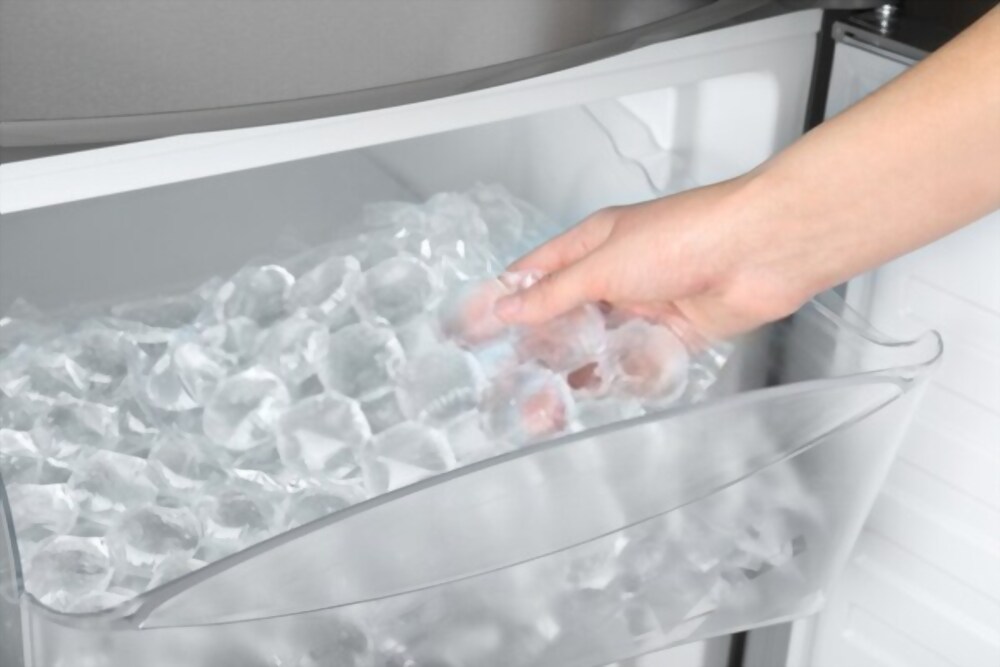In the throes of a particularly frigid winter, I awoke to an unsettling cacophony of banging and gurgling emanating from the depths of my abode. To my dismay, I discovered that my pipes had succumbed to the icy grip of Jack Frost. As I frantically searched for solutions, a pressing question gnawed at my mind: how long does it take for pipes to freeze? The answer, as I soon learned, hinged on a complex interplay of factors.

How Long Does It Take For Pipes To Freeze
Unveiling the Secrets of Pipe Freezing
Factors Affecting the Time It Takes for Pipes to Freeze
Several key factors influence the duration it takes for pipes to freeze. These include:
- Air Temperature: The rate of freezing is directly proportional to the severity of the cold. Pipes exposed to extreme subzero temperatures will freeze more quickly than those in milder conditions.
- Pipe Insulation: Insulated pipes resist freezing better than uninsulated ones, as insulation acts as a barrier against heat loss. The type and thickness of insulation play a role, with higher R-values indicating better insulation.
- Water Flow: Running water is less likely to freeze than stagnant water, as the movement prevents ice crystals from forming. Pipes with low water flow or standing water are more susceptible to freezing.
- Pipe Size: Smaller pipes freeze more quickly than larger ones, as they contain a smaller volume of water. Additionally, pipes located in unheated areas or near exterior walls are more vulnerable to freezing.
Stages of Pipe Freezing
Pipe freezing typically occurs in three stages:
- Pre-Freezing: The water inside the pipes cools and reaches its freezing point, but ice crystals have yet to form.
- Partial Freezing: Ice crystals begin to appear, causing a reduction in water flow. The pipe may still be functional, but there is a risk of complete blockage.
- Complete Freezing: The pipe is completely blocked by ice, resulting in no water flow. This can lead to burst pipes if pressure builds up due to expanding ice.
Time Estimates and Prevention Tips
Based on the aforementioned factors, the time it takes for pipes to freeze can vary significantly. In general, if temperatures drop below freezing for an extended period of time, pipes can freeze within a few hours. However, well-insulated pipes or pipes with continuous water flow may resist freezing for longer durations.
To prevent pipes from freezing, it is essential to take precautions such as:
- Insulating all exposed pipes, especially those in unheated areas and near exterior walls.
- Allowing faucets to drip slowly during freezing temperatures, creating water flow and preventing freezing.
- Sealing gaps and cracks around pipes to prevent cold air from entering.
- Opening cabinet doors under sinks to allow warm air to circulate around pipes.
- Using heat tape or heat lamps to provide additional warmth to susceptible pipes.
Frequently Asked Questions (FAQs)
Q: How can I tell if my pipes are frozen?
A: Signs of frozen pipes include no water flow from faucets, a bulging or cracked pipe, and frost or ice on the pipe.
Q: What should I do if my pipes freeze?
A: Do not try to thaw pipes with an open flame. Call a plumber or use a heat gun or hair dryer to thaw the pipe gradually.
Q: How can I prevent my pipes from freezing in the future?
A: Insulate pipes, let faucets drip during freezing temperatures, and seal gaps around pipes to prevent cold air from entering.
Conclusion
Understanding how long it takes for pipes to freeze is crucial for preventing costly damage and maintaining a comfortable home during cold weather. By taking preventative measures and following the tips outlined above, you can safeguard your pipes and ensure a warm and worry-free winter.
Would you like to know more about preventing frozen pipes or other home maintenance tips? Let us know in the comments below.
How Long Does It Take For Pipes To Freeze

Image: bestadvicezone.com










